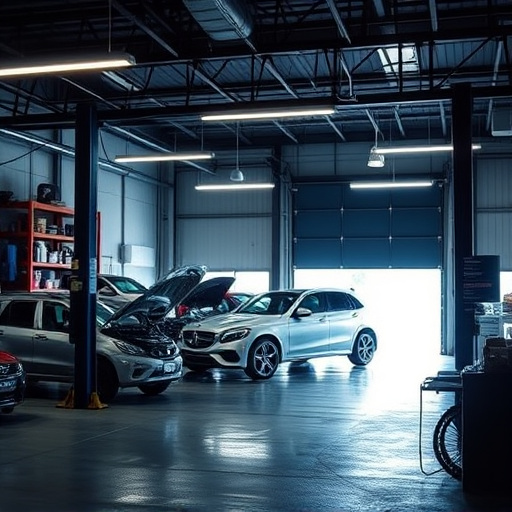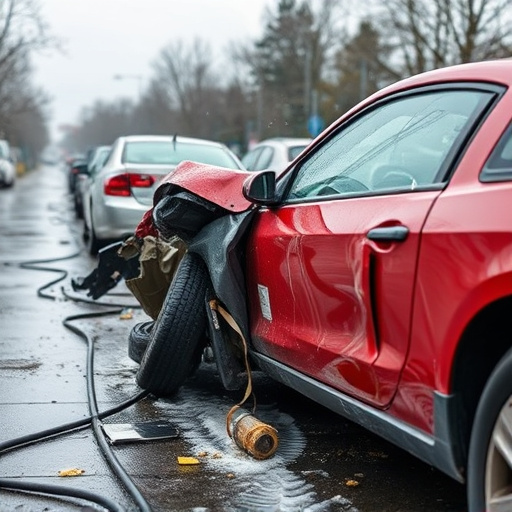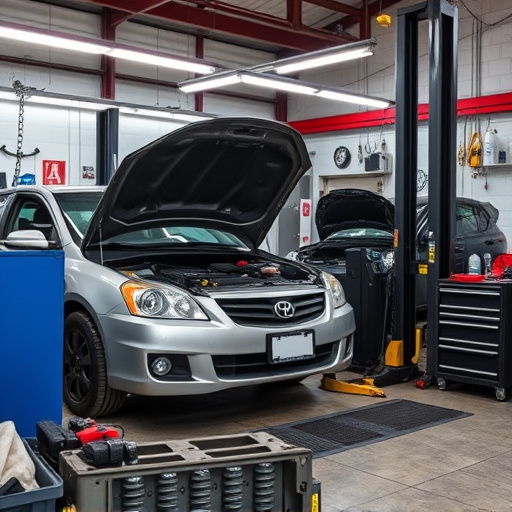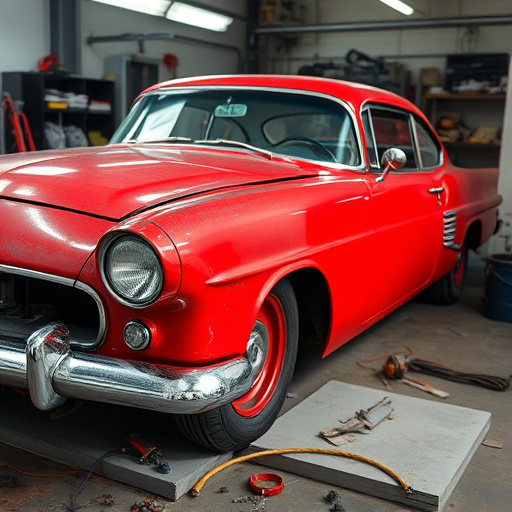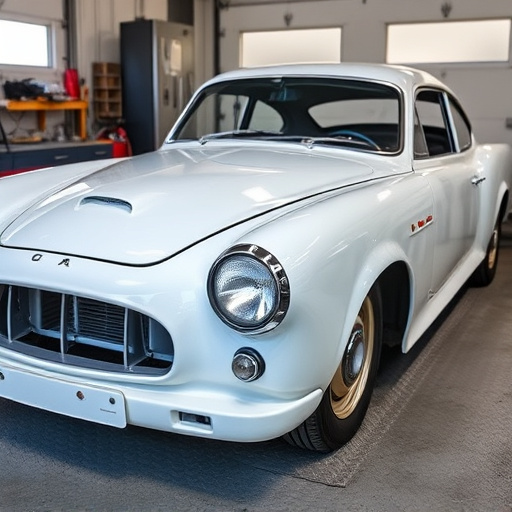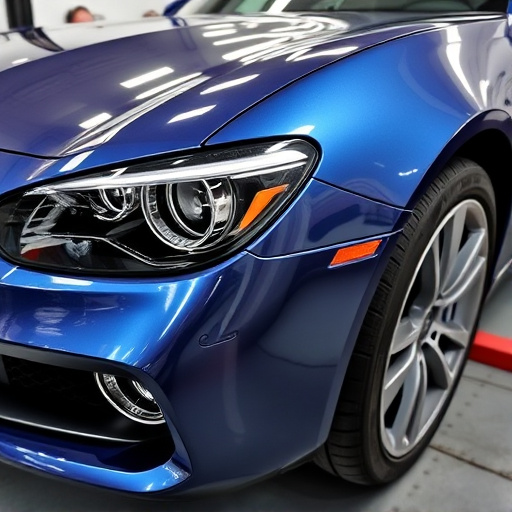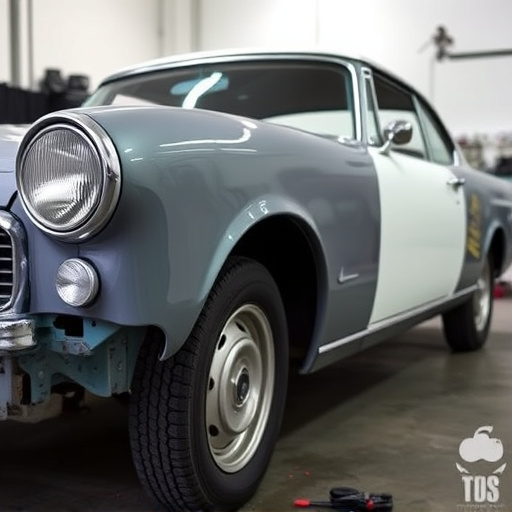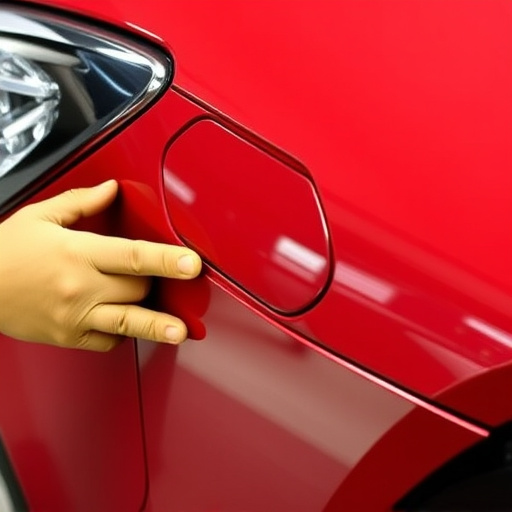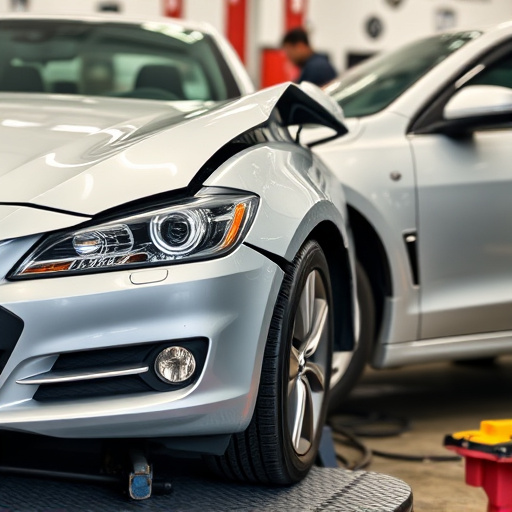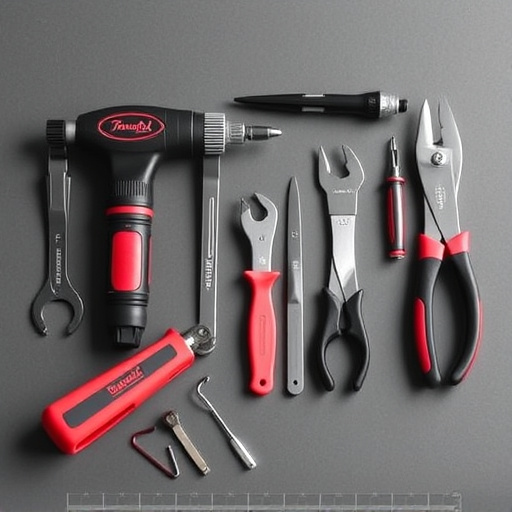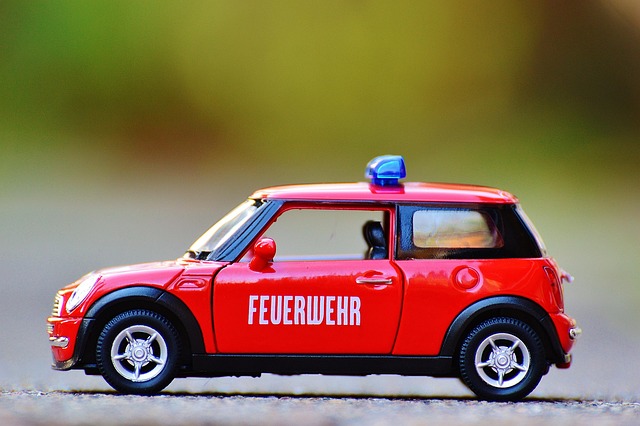PDR for hail damage experts follow precise protocols to assess and repair vehicle dents, ensuring each car's unique needs are met. Using specialized tools, they swiftly remove dents while minimizing paint damage. Top-tier customer service, from consultation to touch-ups, builds trust and loyalty in a competitive market, setting PDR shops apart.
“As a professional in the auto repair industry, you know that PDR for hail damage appointments are crucial for efficient, quick, and quality repairs. This article guides you through the essential steps of understanding hail damage assessment protocols, mastering efficient PDR techniques, and ensuring exceptional customer satisfaction post-repair. Discover how these strategies can enhance your service offerings in light of the increasing demand for PDR services due to frequent hail storms.”
- Understanding Hail Damage Assessment Protocols
- Efficient PDR Techniques for Quick Repairs
- Customer Experience and Post-Repair Satisfaction
Understanding Hail Damage Assessment Protocols
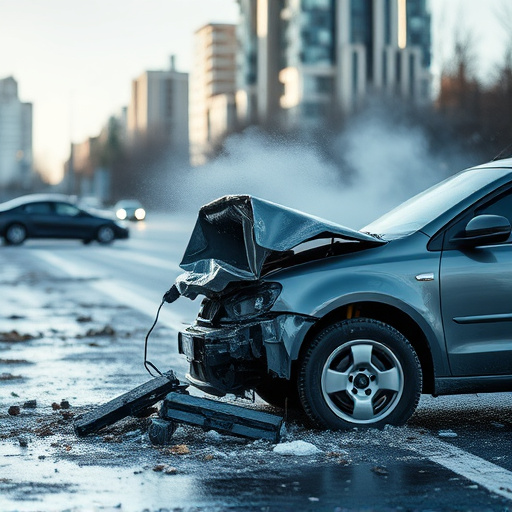
Understanding Hail Damage Assessment Protocols is a cornerstone for any discussion on PDR for hail damage. These protocols ensure that every vehicle undergoing repair receives a thorough evaluation to accurately determine the extent of the hail damage. By adhering to established standards, professionals in the field can provide consistent and reliable service. This meticulous process involves inspecting the entire vehicle body, focusing on areas commonly affected by hail, such as fenders, roofs, and doors.
Hail damage often presents in various forms, from small dents and dings to significant panel deformities. Proper assessment protocols facilitate the distinction between cosmetic issues and structural damage. This distinction is crucial for effective PDR techniques, ensuring that vehicle body repair is tailored to each specific need. By following these protocols, technicians can effectively restore car body restoration to its pre-hail condition, leaving no trace of the previous incident.
Efficient PDR Techniques for Quick Repairs
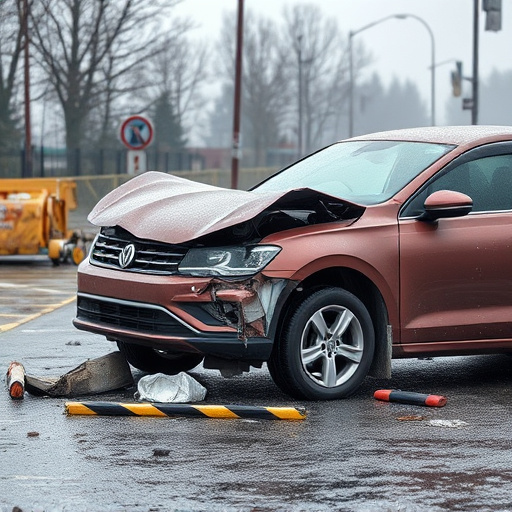
In the realm of PDR for hail damage appointments, efficient techniques are key to swift and effective repairs. Technicians skilled in this art employ a range of specialized tools and methods to minimize dent repair time without compromising quality. One popular method involves using air-powered tools that precisely remove dents, ensuring minimal paint damage and faster turnaround times. This technique, often referred to as “piking” or “tabbing,” allows for targeted adjustments to the car body, making it an ideal choice for various dent sizes and shapes.
Additionally, modern PDR professionals leverage advanced training in vehicle restoration and dent repair to tackle complex cases. They understand that each car body is unique, requiring tailored approaches. By combining these techniques with a deep knowledge of car body repair principles, they can efficiently restore vehicles to their pre-hail condition, leaving customers satisfied and their vehicles looking as good as new. This level of expertise not only guarantees quick repairs but also ensures the longevity and aesthetic appeal of the vehicle.
Customer Experience and Post-Repair Satisfaction

After a PDR for hail damage appointment, the customer experience and post-repair satisfaction are paramount to any auto body shop’s success. Providing an exceptional customer journey can significantly enhance brand reputation and foster long-term loyalty. From the initial consultation where technicians expertly assess each dent, to the final touch-ups ensuring a seamless finish, every interaction should be designed to make customers feel valued.
A satisfied customer is one who not only appreciates the quality of the car dent removal and vehicle restoration work but also feels heard and respected throughout the process. Offering transparent communication, flexible scheduling, and convenient drop-off and pick-up options contribute to a positive experience. Additionally, guaranteeing workmanship and ensuring the customer’s peace of mind post-repair are key factors in building trust and ensuring repeat business for these auto body services.
As we’ve explored, investing in PDR for hail damage appointments offers a multi-faceted approach to efficient repairs, enhanced customer satisfaction, and ultimately, stronger business growth. By understanding detailed assessment protocols, adopting streamlined PDR techniques, and prioritizing the post-repair experience, you’re well-positioned to deliver top-notch service in this competitive market. Continue to innovate, refine your processes, and prioritize customer needs, ensuring your business not only survives but thrives in the face of hail damage repair challenges.
